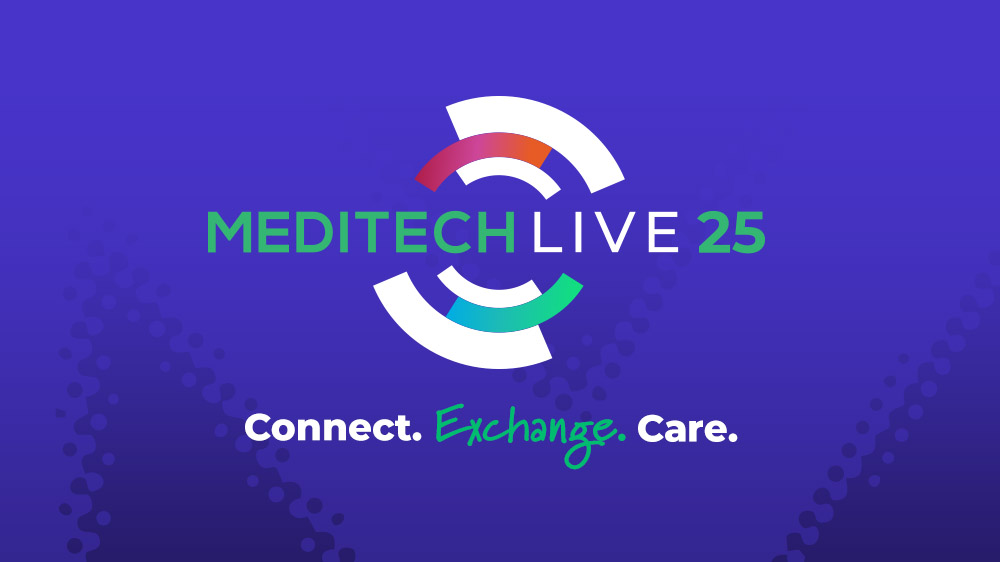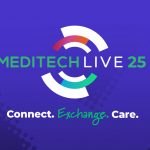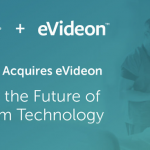In light of regulatory changes and financial incentives for the successful conversion of paper-based medical records, adoption of electronic medical records (EMR) systems has skyrocketed in recent years. Although the current purchasing environment is favorable for buyers, high product customization and data interoperability issues restrain purchasing flexibility. Here are procurement techniques to help healthcare providers maximize their return on investment when buying EMR software.
EMR software can be an expensive capital investment, with initial costs typically ranging from $15,000 to $70,000 per installation. Upfront installation costs vary between software platforms, thus making the type of software platform a primary price determinant.
Due to lower upfront costs associated with fewer hardware requirements and more usage flexibility, the Software as a Service (SaaS) model can be a viable option for buyers with budgetary constraints. When selecting a software platform, buyers should carefully evaluate their organizational needs, including hardware requirements and the length of time they wish to use the system.
Despite mounting demand of EMR systems, falling operating costs and intensifying market competition have placed downward pressure on software prices. Although there are a handful of prominent players, such as Cerner and Epic Systems, IBISWorld estimates that the top four players collectively hold about 40 percent of the total market. The rest of the EMR software market is fragmented and highly competitive, which benefits buyers by spurring strong price competition. In the coming years, IBISWorld projects a downward trend in software prices, but a marginal increase in market share concentration as larger suppliers acquire their competitors to increase data interoperability among healthcare facilities.
Considering Total Ownership Costs
Purchasing EMR software is a critical decision requiring additional expenditures associated with installation, training and regular maintenance, which raise the total cost of ownership (TCO). When comparing EMR software across suppliers, buyers should calculate the total cost of using a specific EMR technology over a five-year period. Although some EMR software systems might have lower upfront costs, they can cost buyers more overall when factoring in hardware costs and recurring costs for training, licensing, backup, and disaster recovery.
When installing EMR software, buyers should anticipate significant maintenance costs associated with frequent software updates. Some types of EMR software require a complete overhaul on a regular basis, and regular updates stemming from stricter government regulations can take up time and computing resources. Buyers should also account for the time and financial costs associated with employee training on EMR software when calculating TCO. IBISWorld estimates that the average five-year TCO of server-based EMR software is about $48,000, compared with $58,000 for web-based software.
Although most supplementary costs are unavoidable, there are ways for buyers to mitigate them. When submitting a request for proposal to potential suppliers, buyers should factor supplementary costs into their budgets. Buyers should budget for a temporary loss in efficiency and productivity resulting from the software installation process. Another way to alleviate financial risks is to utilize the services of regional extension centers (RECs), funded under the Health Information Technology for Economic and Clinical Health (HITECH) Act to assist healthcare providers in implementing EMR technology.
Moreover, buyers should train some of their staff prior to installing EMR software to help avoid paying for overtime or hiring additional staff. Buyers that can effectively allocate financial and human resources will be better equipped to absorb supplementary costs.
Quality is Key
When shopping for EMR software, buyers should pay close attention to product quality, which can be measured in several ways. One of the most commonly added features is automated transcription of medical records, which is substantially faster than typing. Many healthcare providers opt for a transcription system to record a patient’s visit, which can then be converted into digital copies for clinical records.
Due to significant installation and training costs, healthcare providers that need to integrate EMR software with other systems, such as billing or insurance claims systems, should consider suppliers that offer these features in an enterprise-wide product. Working with a supplier that offers a host of value-added services can help buyers reduce time and financial costs; doing so can eliminate the need to hire outside consults to perform similar work.
The level of customer support provided is a key indicator of supplier quality. Depending on the size and complexity of EMR software, buyers will require various degrees of support, particularly during installation, program integration and outages. Buyers should also evaluate a supplier’s reputation by requesting references from the supplier. In light of data breaches and cyber-attacks, buyers should ensure that a reputable supplier takes measures to prevent medical record breaches. Finally, because completing projects on time is important in keeping the buyer’s operations running, buyers should consider a supplier’s history of completing software implementations on schedule when making their selection.





































